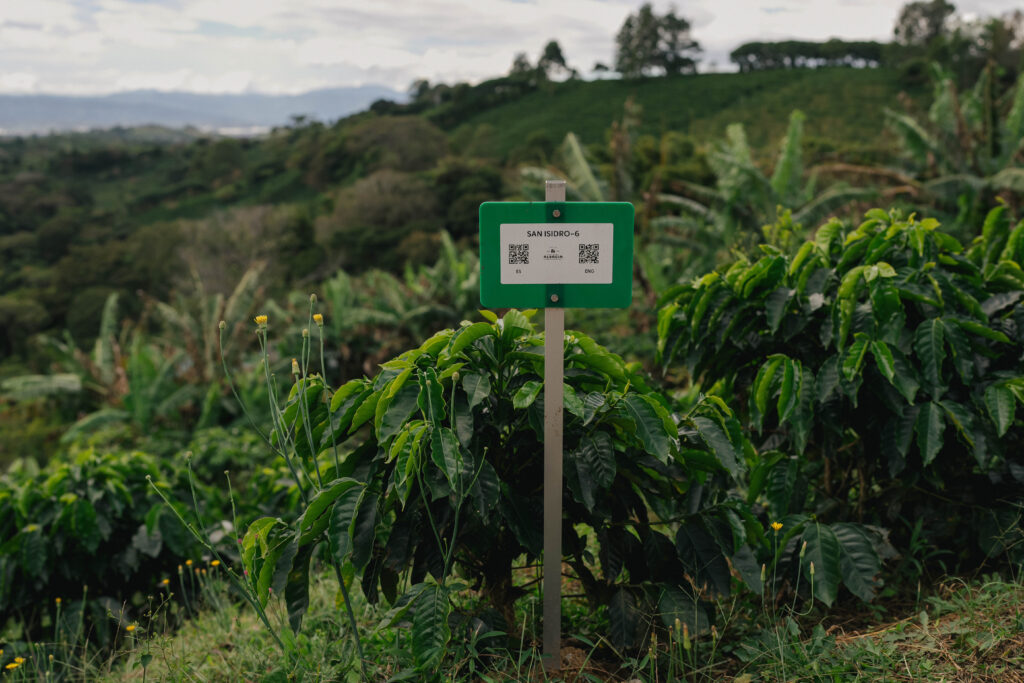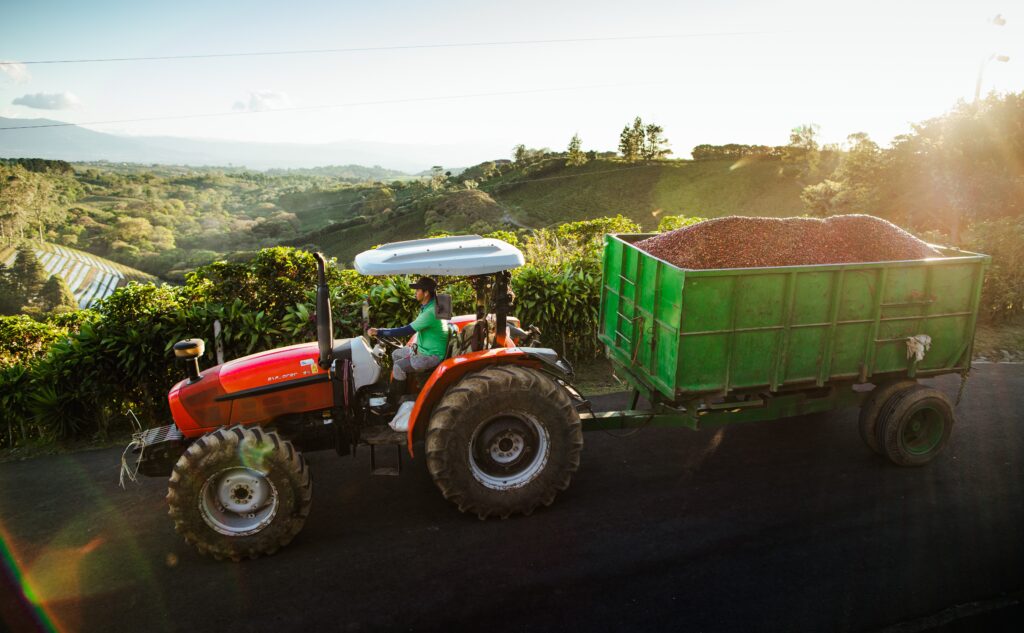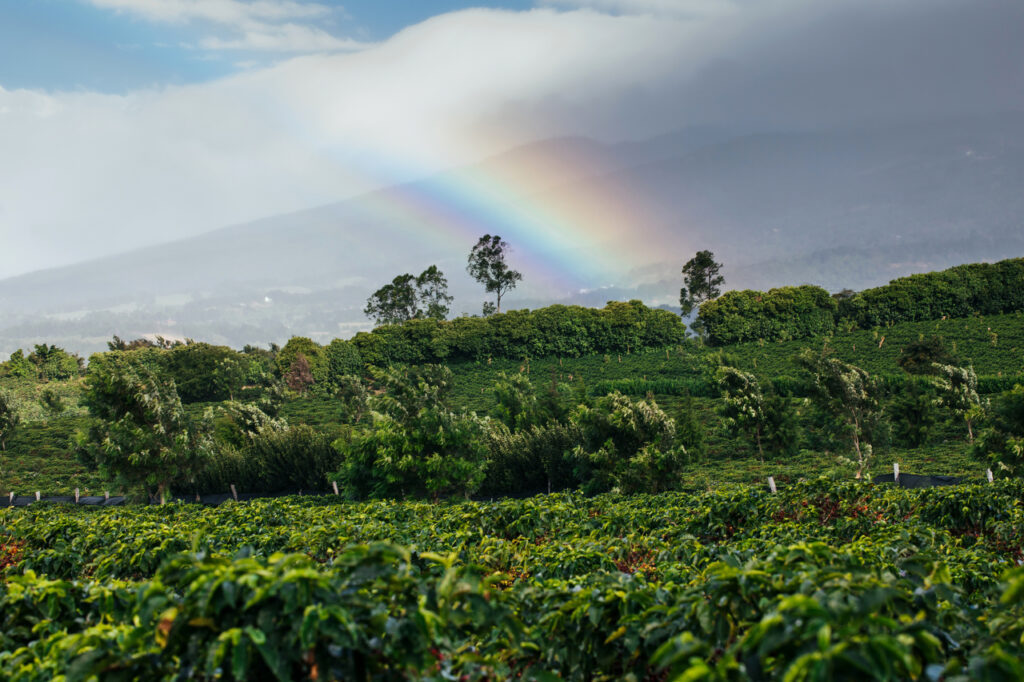Starbucks today announced an expansion of its in-house coffee farming and sustainability research activities, including new coffee farms in Costa Rica and Guatemala, plus planned investments for farms in Africa and Asia.
The dollar amounts of the current or future investments were not publicly disclosed.
Starbucks purchases approximately 3% of the world’s volume of coffee annually, through some 450,000 farms, according to the company’s estimates.
Like many of its multinational peers in the coffee roasting industry, the company’s model does not heavily rely on coffee farm ownership. This may be attributed to the disproportionate burden of risk and lack of consistent profitability associated with coffee farming and green coffee production.
Yet through Starbucks’ own farming activities, which first launched with the experimental Hacienda Alsacia farm in Costa Rica, the company said it plans to “find solutions to increase productivity on farms, support increased profitability for farmers and build climate resilience.”
Starbucks said that its work at Hacienda Alsacia over the years has resulted in the dissemination of approximately 90 million climate-resistant coffee trees and more than 53 million coffee seedlings to other farmers.
According to a company announcement today, one new farm is located next to Hacienda Alsacia, just north of San Jose in Costa Rica’s Alajuela province. The Guatemalan farm is in the Antigua valley region.
“The new farms in Costa Rica and Guatemala will both study hybrid coffee varieties under different elevations and soil conditions, which is a critical step in the research of new genetic material,” Starbucks said.
The company noted that the Costa Rican farm will be used to test mechanization, drones and other technologies. In Guatemala, meanwhile, the farm operation will “replicate a smallholder farming design with conditions that mirror challenges that many farms face today.”
Primary challenges facing coffee farmers in Guatemala, Costa Rica and elsewhere include: global green coffee pricing mechanisms associated with the commodities markets, resulting in price volatility, price risk and overall low prices; increased costs of production; and climate risk, among others.
Starbucks said that two additional “innovation farms” will soon be coming to Africa and Asia, although the locations have not been disclosed.
Combined, these farms will be part of what Starbucks calls its “coffee innovation network.”
“In addition to innovation farms, the network includes 10 Farmer Support Centers in coffee-growing regions around the world, where world-class agronomists collaborate directly with farmers on research and best practices, and 70 ‘model farms’ within Starbucks supply chain, where solutions are put into action,” the company stated.
Comments? Questions? News to share? Contact DCN’s editors here.









Comment